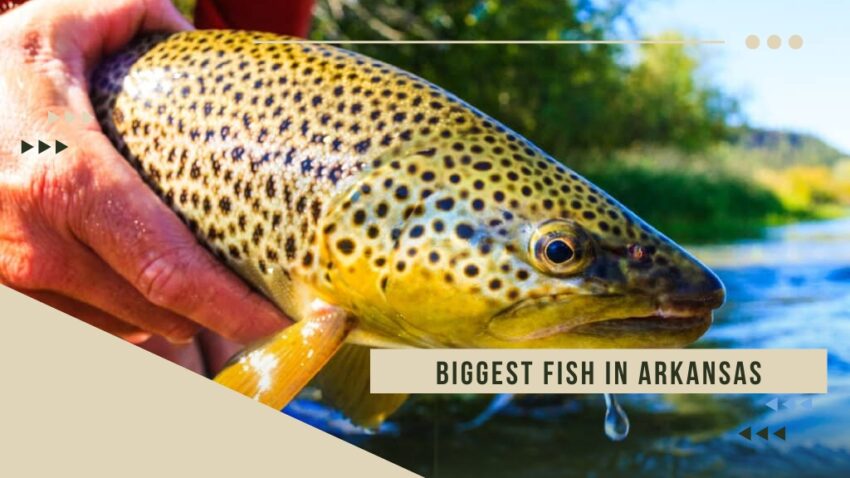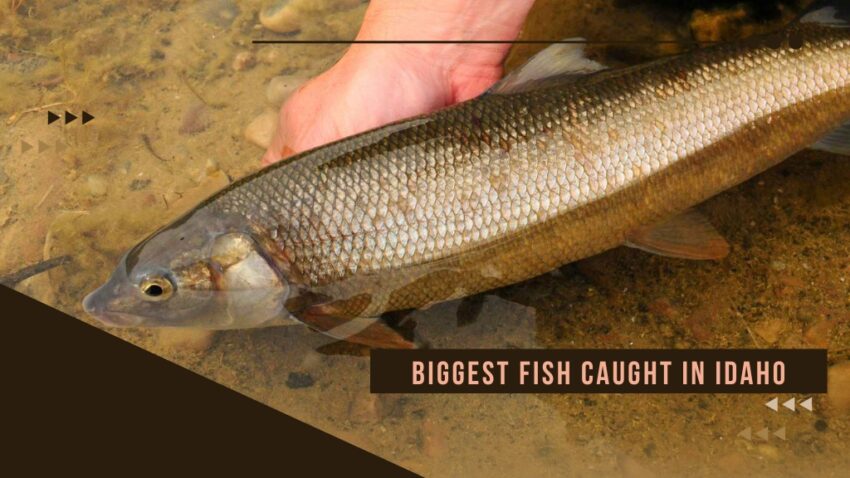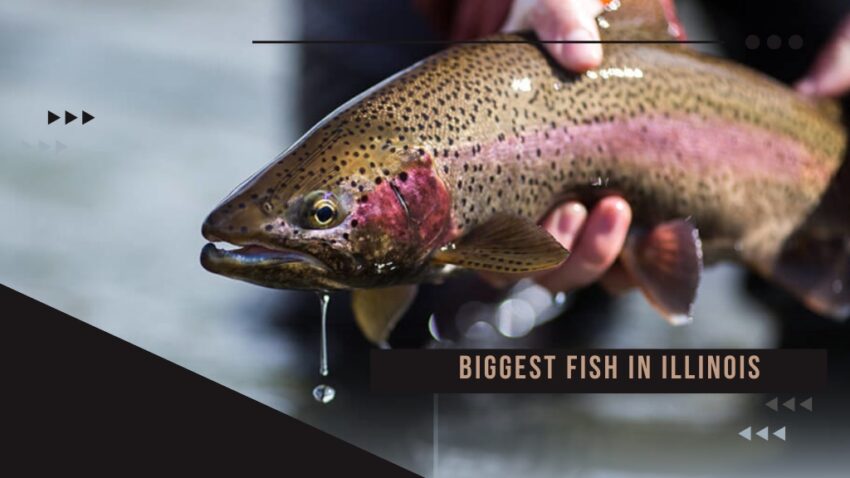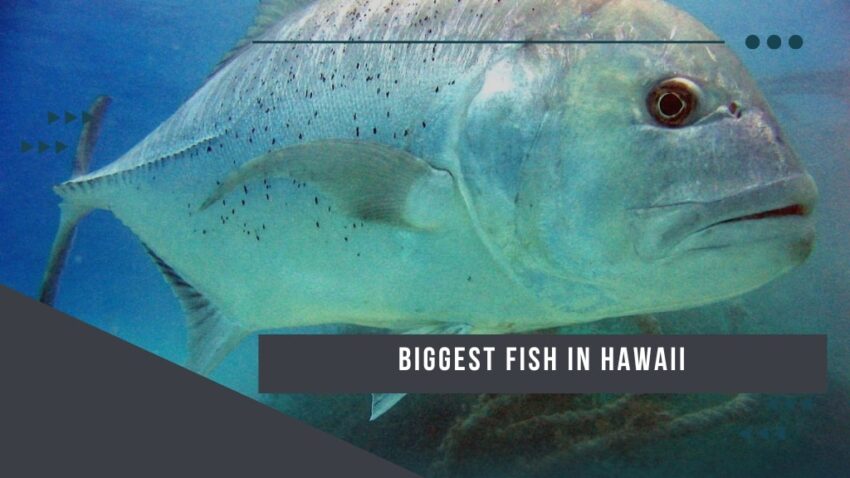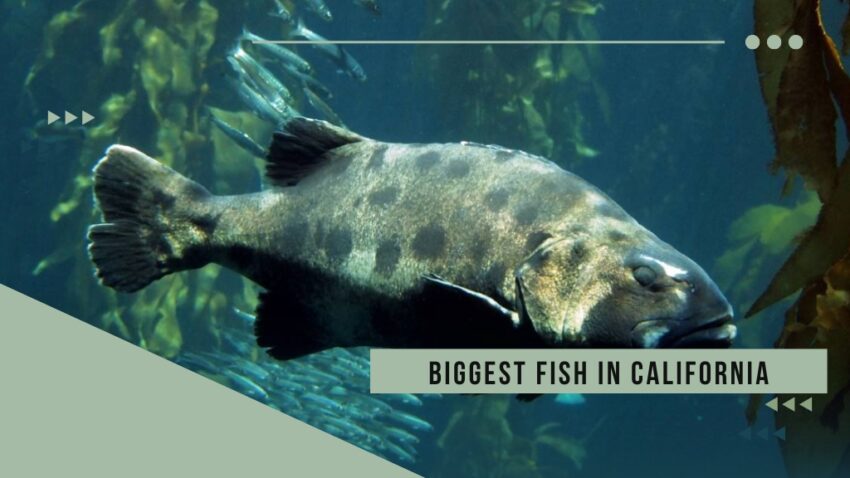Arkansas, a land of immense natural beauty, has been generously endowed with a rich variety of flora and fauna. From the rugged terrain of the Ozark Mountains to the fertile lands of the Mississippi Alluvial Plain, the diversity of the region is nothing short of extraordinary. This southern jewel captures the imagination and warms the hearts of all who visit.
However, the state’s majestic landscapes extend far beyond the verdant hills, pristine forests, and picturesque valleys. Delving into its aquatic environment reveals a world that is just as captivating and full of life. The water bodies of Arkansas—its placid lakes, mighty rivers, and intricate wetlands—are home to an extensive assortment of fish species.
For those intrigued by the realm of these captivating water creatures, Arkansas offers an adventure like no other. From the fearsome Alligator Gar to the colossal Blue Catfish, these aquatic creatures invite us to dive deeper into the natural treasures of this state and appreciate the extraordinary realm that lies beneath the surface. Let’s learn more about them!
1. Alligator Gar
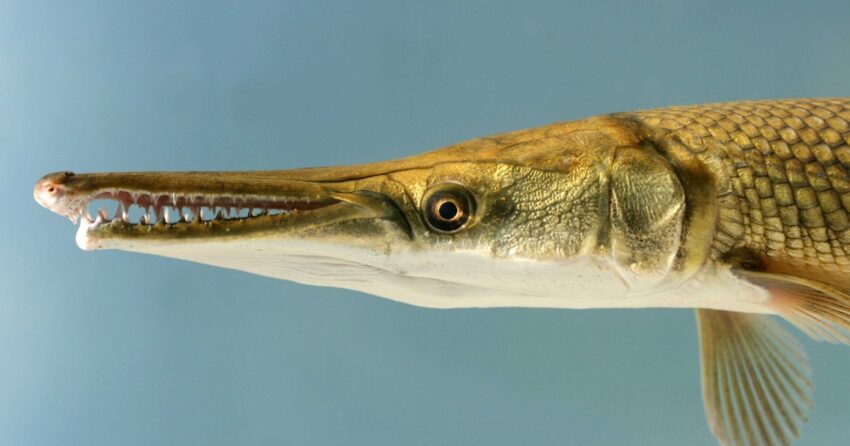
Considered the “monarch of the freshwater,” the Alligator Gar is one of the biggest fish found in Arkansas. With some reports recording lengths of up to 10 feet and weights close to 300 pounds, this prehistoric-looking creature is a prized catch for anglers.
However, don’t be mistaken. Hooking an Alligator Gar is a challenge, requiring strategic planning and plenty of patience. As a species, they aren’t easy to handle, and they function as top predators.
2. Blue Catfish
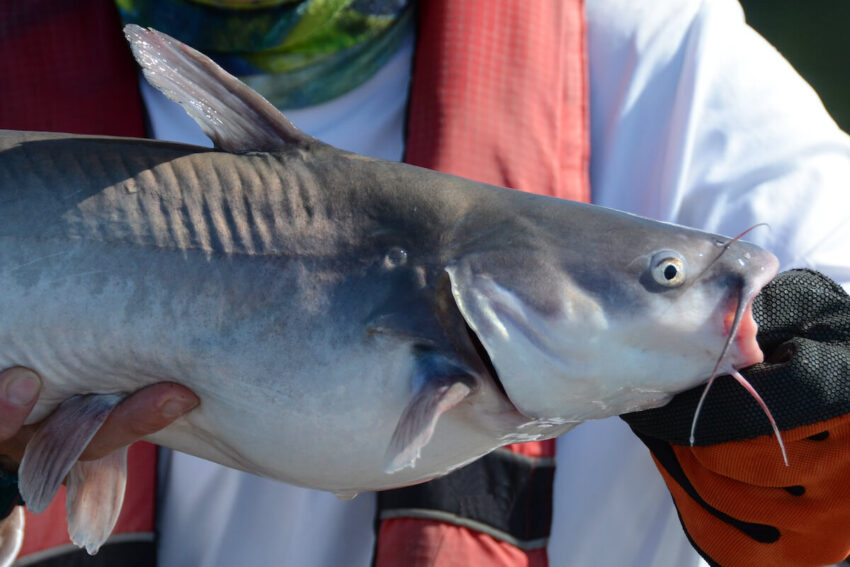
Coming in at a close second is the Blue Catfish, another fish species that call Arkansas’s waterways home. On average, Blue Catfish measure between 25-46 inches, but the largest recorded specimen in Arkansas weighed a whopping 116 pounds and measured 57.5 inches. Caught from the Arkansas River, this fish surpassed the previous state record by nearly 12 pounds.
3. Paddlefish
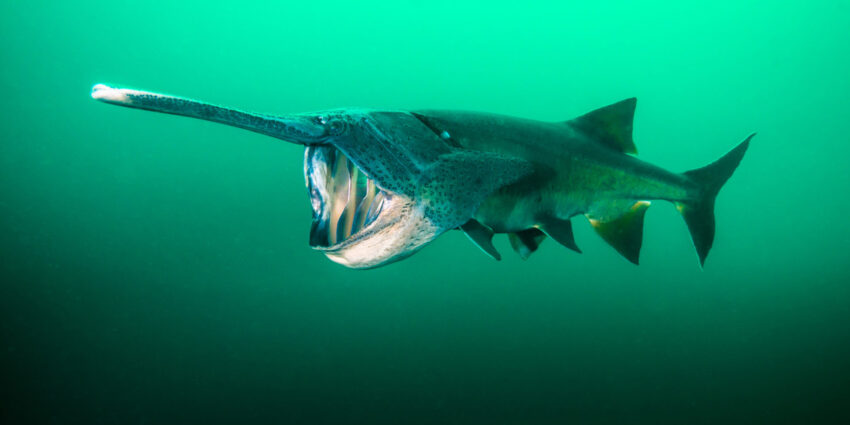
The American Paddlefish, a distant cousin of the sturgeon, is a species of great interest in Arkansas. These fish are filter feeders, consuming zooplankton in the water column, and are often targeted for their roe, which is processed into caviar.
The state record for a caught Paddlefish is a staggering 104 pounds, but these fish can potentially grow even larger, with some specimens recorded at over 200 pounds elsewhere in the United States.
4. The Flathead Catfish
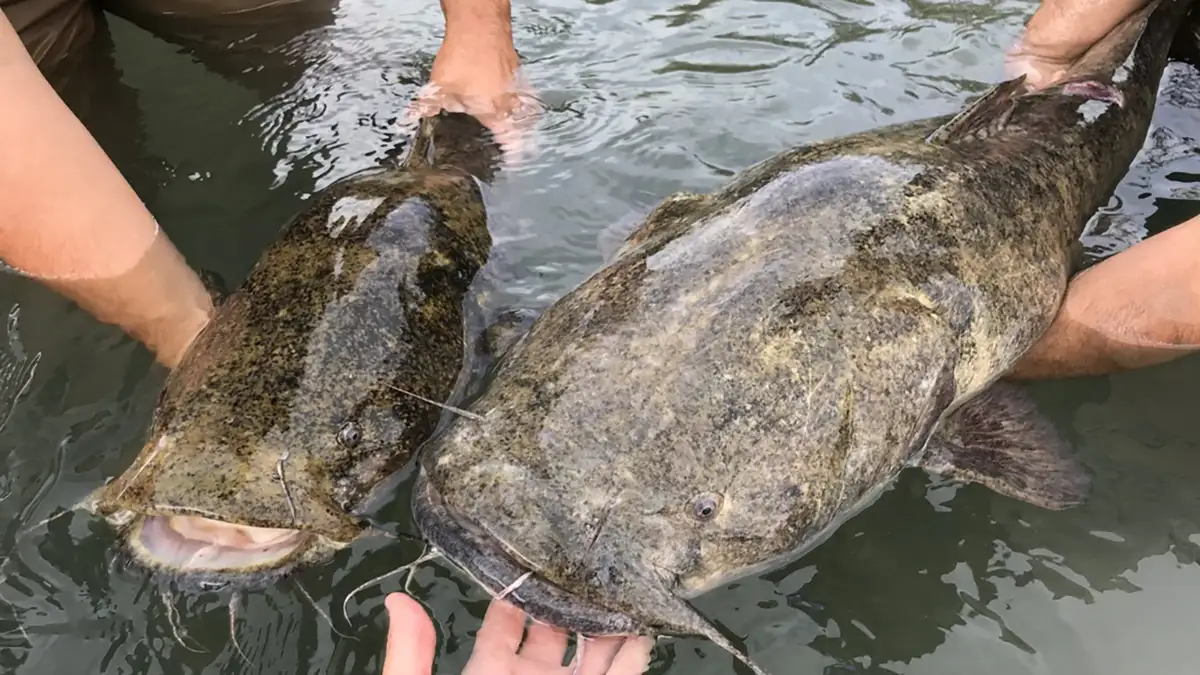
Last, but certainly not least, is the Flathead Catfish. They might not be as large as the others on the list, but they are formidable in their own right. Flathead Catfish regularly reach lengths of 3 to 4 feet and can weigh as much as 80 pounds. The record holder in Arkansas weighed in at 80 pounds and was 52 inches long, showcasing the species’ potential size.
| Fish Species | Average Length (inches) | Average Weight (lbs) | Record Size in Arkansas (lbs) |
|---|---|---|---|
| Alligator Gar | 60 – 120 | 100 – 300 | 241 |
| Blue Catfish | 25 – 46 | 20 – 40 | 116 |
| American Paddlefish | 60 – 100 | 10 – 60 | 104 |
| Flathead Catfish | 36 – 48 | 15 – 40 | 80 |
When it comes to fishing in Arkansas, you can embark on the journey whenever you want to. While spring brings increased fish activity and spawning, summer mornings and evenings are best if you want to avoid the midday heat. Fall is prime for bass and other species preparing for winter, but winter fishing can be rewarding, especially for trout and catfish.
The best spots to encounter these aquatic creatures are in the various lakes and rivers strewn across the state, such as the Arkansas River, Ouachita River, Bull Shoals Lake, and Lake Ouachita, among others.
Essential Tips & Tricks for Successful Fishing
Fishing, a cherished pastime for many in Arkansas, can be both a serene leisure activity and a thrilling sport. If you’re setting out to reel in one of the state’s aquatic giants, here are a few tips and tricks to keep in mind:
1. Know Your Species: Familiarize yourself with the behaviors and habitats of the fish species you’re after. Each species has its own unique characteristics. For example, Alligator Gar are more active at night and prefer live bait, while catfish are known for their keen sense of smell and are attracted to pungent baits. Learning about these traits can increase your chances of a successful catch.
2. Equip Yourself Right: The importance of suitable gear can’t be stressed enough. For large species, heavy-duty rods, robust reels, and sturdy hooks are paramount. Using a strong fishing line is also crucial to withstand the weight and strength of these aquatic giants.
3. Timing is Key: Fish have periods of peak activity, often around dawn and dusk. These are the best times to fish, as your targets are likely feeding and more responsive to your bait.
4. Patience and Persistence: Fishing requires a good deal of patience. Even with the best preparation, there may be times when the fish just aren’t biting. Persistence is key in these moments. Don’t be disheartened; some of the best catches come to those who wait.
5. Local Knowledge is Invaluable: Local fishermen can provide valuable insights about the best fishing spots, effective bait, and even the idiosyncrasies of the species in the area. Don’t hesitate to reach out and learn from their experience.
Conclusion
In the heart of The Natural State, beneath the placid surfaces of its lakes and the steady flow of its rivers, resides a number of captivating fish species. From the prehistoric Alligator Gar to the hefty Blue Catfish, these underwater creatures capture the imagination and foster respect for nature’s intricate balance.
As we marvel at these extraordinary species, it’s crucial to remember our role in their preservation. Sustainable fishing practices and respect for their habitats ensure that these fascinating species continue to rule Arkansas’s waters. The tale of the biggest fish in Arkansas is not just about size, but also about coexistence, conservation, and the enduring splendor of nature.

